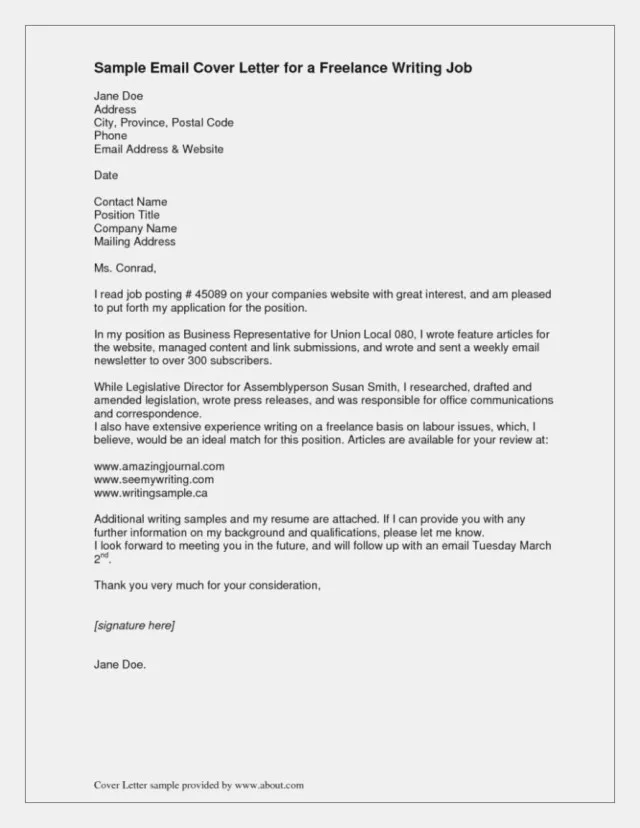Why a Cover Letter Matters
A cover letter is your first opportunity to make a strong impression on a potential employer. It serves as an introduction, offering a glimpse into your personality, skills, and experience beyond what’s listed on your resume. In today’s competitive job market, a well-crafted cover letter can be the deciding factor between getting an interview and being overlooked. It provides context to your resume, allowing you to explain career gaps, highlight specific achievements, and demonstrate why you’re the perfect fit for the role. The cover letter is also a chance to showcase your communication skills, attention to detail, and genuine interest in the company and the position. Neglecting this crucial document means missing out on a vital tool to sell yourself effectively and increase your chances of landing the job.
Crafting a Cover Letter — The Essentials
Writing an effective cover letter involves several key elements that work together to create a compelling narrative. First, understand the job description thoroughly. Identify the key skills, qualifications, and experiences the employer is seeking. Then, tailor your letter to reflect these requirements, demonstrating how your background aligns with the position. The tone of your cover letter should be professional yet engaging. Avoid generic statements and instead, infuse your personality and enthusiasm for the role. Make sure your writing is clear, concise, and free of grammatical errors. A well-structured cover letter typically includes a header with your contact information, a personalized greeting, a strong opening paragraph, supporting paragraphs that highlight your skills and experiences, a closing paragraph that expresses your interest and calls for action (like requesting an interview), and a professional closing.
Header and Contact Information

Begin your cover letter with a professional header that includes your contact information. This usually comprises your full name, phone number, email address, and optionally, your LinkedIn profile URL. Place this header at the top of the document, aligning it to the left or right. Ensure your email address sounds professional. Avoid using nicknames or informal addresses. Also, include the date and the hiring manager’s contact information directly below your information. This should consist of the hiring manager’s name, title, company name, and address. If you don’t know the hiring manager’s name, research the company website or LinkedIn. Personalizing the address shows initiative and attention to detail. Make sure all your contact details are accurate and current so that the employer can easily reach you.
How to Address the Hiring Manager
The way you address the hiring manager sets the tone for the entire cover letter. Always try to find the hiring manager’s name to personalize your greeting. Researching the company website or LinkedIn profiles can help you find this information. Use a formal greeting like ‘Dear Mr. / Ms. [Last Name]’ rather than a generic ‘To Whom It May Concern.’ If you can’t find the hiring manager’s name, you can use alternatives such as ‘Dear Hiring Manager’ or ‘Dear [Department Name] Team.’ Avoid casual greetings like ‘Hi’ or ‘Hello.’ Once you have the name, double-check the spelling and title to avoid any errors that could make you look inattentive. A personalized greeting shows that you have taken the time to research the company and are genuinely interested in the position.
Grab Their Attention Immediately
The opening paragraph of your cover letter is your first and often only chance to capture the hiring manager’s attention. Make it count by making a strong statement that immediately hooks the reader. Start by stating the position you are applying for and where you found the job posting. Then, state a concise and compelling reason why you are a great fit for the job. This could be a unique skill, a past achievement, or your genuine interest in the company. Avoid generic openings like ‘I am writing to express my interest…’ Instead, be direct and enthusiastic. Use a powerful opening that showcases your personality and establishes your value. The goal is to get the hiring manager interested in reading the rest of your letter and considering your application. This is where you convince them you are worth their time.
Highlight Your Skills and Experience
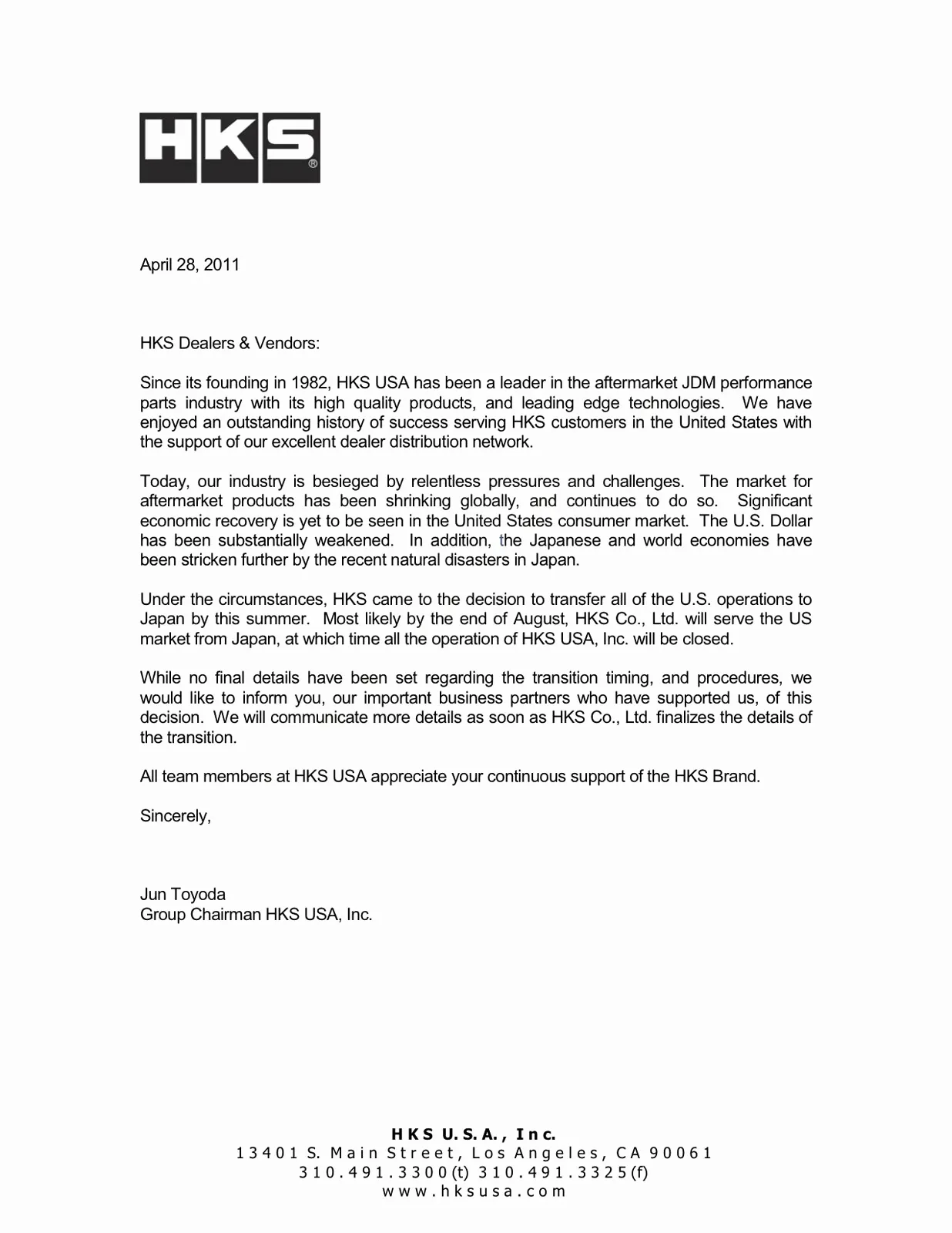
The body of your cover letter should highlight the skills and experience that make you the best candidate for the job. Review the job description carefully and identify the key requirements. Then, provide specific examples from your work history, education, or volunteer experiences that demonstrate you have these skills. Use action verbs to describe your accomplishments, such as ‘managed,’ ’led,’ ‘developed,’ or ‘achieved.’ Quantify your achievements whenever possible to show the impact you’ve made in past roles. For example, mention how you increased sales by a certain percentage, improved efficiency, or saved the company money. Tailor each letter to the specific job, ensuring that the skills and experiences you emphasize are most relevant to the position. Use the STAR method (Situation, Task, Action, Result) to provide detailed examples of your skills.
Tailoring Your Cover Letter to the Job
Customizing your cover letter for each job application is crucial for making a positive impression. Generic cover letters sent to multiple employers are easily spotted and often discarded. To tailor your letter, carefully review the job description and identify the key skills and qualifications the employer is seeking. Highlight the specific experiences, skills, and accomplishments from your background that align with these requirements. Use the same keywords and phrases found in the job description to demonstrate that you understand the role. Research the company and its values to show that you understand their mission and culture, and explain why you are interested in this particular role and company. Customize the tone and language to match the company’s brand and the nature of the position. Demonstrate a genuine interest in the opportunity, rather than simply stating your qualifications.
Demonstrating Your Value
Showcasing your value to a potential employer goes beyond listing your skills and experiences. It means explaining the impact you made in previous roles and demonstrating what you can bring to their company. Focus on what you can offer the employer, not just what you’ve done in the past. Provide specific examples of your accomplishments and explain how they align with the company’s goals. Highlight any awards, promotions, or positive feedback you received in past positions. Explain how your skills and experience can contribute to the company’s success, solving their challenges, and meeting their objectives. Use a confident and enthusiastic tone to express your willingness to take on new challenges and contribute to the team. Show the employer that you understand their needs and are eager to use your talents to help them succeed.
Quantifying Your Achievements
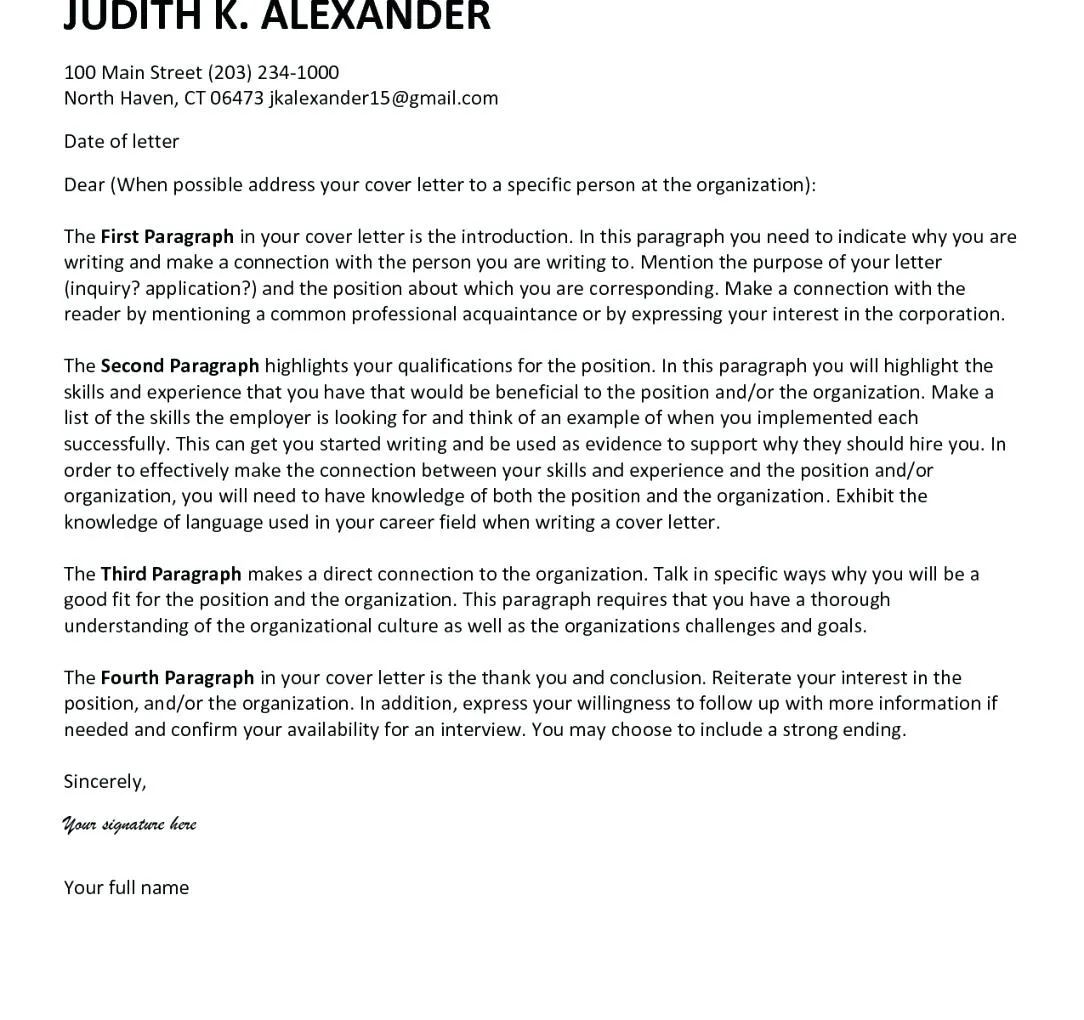
Quantifying your achievements is one of the most effective ways to demonstrate your value and make a lasting impression. Instead of simply stating that you improved sales, provide specific numbers and percentages to show the impact you made. For example, instead of ‘increased sales,’ say ‘increased sales by 15% in one quarter.’ Include data, statistics, and metrics to illustrate your accomplishments. These quantifiable results clearly show your contributions and make your claims more credible. Use numbers to show how you saved money, improved efficiency, or exceeded expectations in previous roles. For example, say ‘reduced costs by 10% through process improvements’ rather than just ‘improved efficiency.’ Adding numerical data shows that you are results-oriented and a valuable asset.
Expressing Enthusiasm and Fit
Expressing your enthusiasm and explaining how you fit the company culture is essential for creating a cover letter that resonates with employers. Show genuine interest in the position and the company. Explain why you are excited about the opportunity and what specifically attracts you to this role or company. Highlight your understanding of the company’s mission, values, and recent achievements. Demonstrate that you have researched the company and know what they are about. Show how your values align with the company’s culture, and how your skills and experiences would enable you to thrive in their environment. Emphasize your eagerness to contribute to the team and the company’s success. Conclude your cover letter by expressing your enthusiasm and desire for an interview. This shows that you are not just qualified but genuinely interested in the position.
Closing Your Cover Letter
The closing paragraph of your cover letter is your final opportunity to make an impact. It should reiterate your interest in the position, summarize your key qualifications, and include a clear call to action. Thank the hiring manager for their time and consideration. Reiterate your enthusiasm for the opportunity and your desire to learn more about the role. Clearly state your intention to follow up and express your availability for an interview. Provide your contact information once again. Use a professional closing such as ‘Sincerely,’ ‘Best regards,’ or ‘Thank you.’ Avoid casual closings like ‘Cheers’ or ‘Best.’ Make sure your closing paragraph is concise, confident, and leaves a positive impression.
Proofreading and Formatting
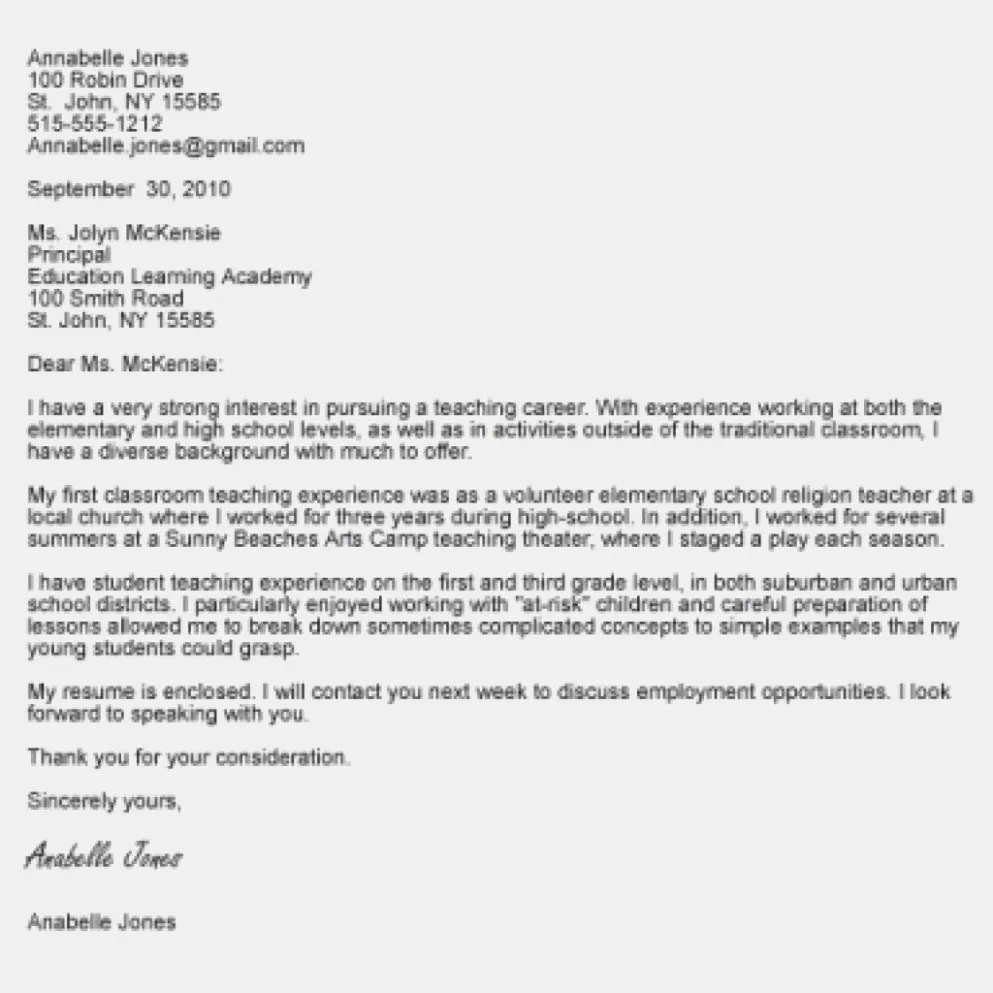
Before submitting your cover letter, proofread it meticulously for any errors. Errors can undermine your credibility and convey a lack of attention to detail. Check for grammatical errors, spelling mistakes, and typos. Read the cover letter multiple times, both on screen and on paper. Use a grammar and spell checker, but don’t rely on it completely; it’s essential to review it yourself. Ensure your formatting is consistent and professional. Use a clean, readable font like Arial or Times New Roman. Use standard margins and line spacing. Keep the layout uncluttered and easy to read. Make sure all the information is correctly aligned and that your contact information is easy to find. A well-formatted and error-free cover letter demonstrates your professionalism and commitment to excellence.
Cover Letter Examples
Reviewing cover letter examples can provide valuable insight into formatting, tone, and content. Search online for cover letter examples that relate to your industry or the specific roles you’re applying for. Look at various examples to get inspiration for different sections of your letter. Pay close attention to how successful candidates highlight their skills, quantify their achievements, and express their enthusiasm. Don’t copy any cover letter word for word; rather, use these examples as a framework to craft your own unique document. Adapt the language and style to fit your personality and the requirements of each job. Use example cover letters as a reference to ensure your letter contains all the key elements.
Common Cover Letter Mistakes
Avoid common mistakes that can hurt your chances of getting an interview. One major mistake is submitting a generic cover letter that isn’t tailored to the specific job. Always customize your cover letter to show you understand the company and the role. Grammatical errors, spelling mistakes, and typos can make you seem inattentive, so proofread carefully. Do not use jargon or overly complex language; keep it simple and clear. Another common mistake is not highlighting your relevant skills and experiences. Ensure your cover letter directly addresses the job requirements, matching the keywords. A long and rambling cover letter can bore the hiring manager; aim for one page. Avoid negative language or focusing on what you can’t do. Failing to include a call to action, such as requesting an interview, can also hurt your chances.
Submitting Your Cover Letter
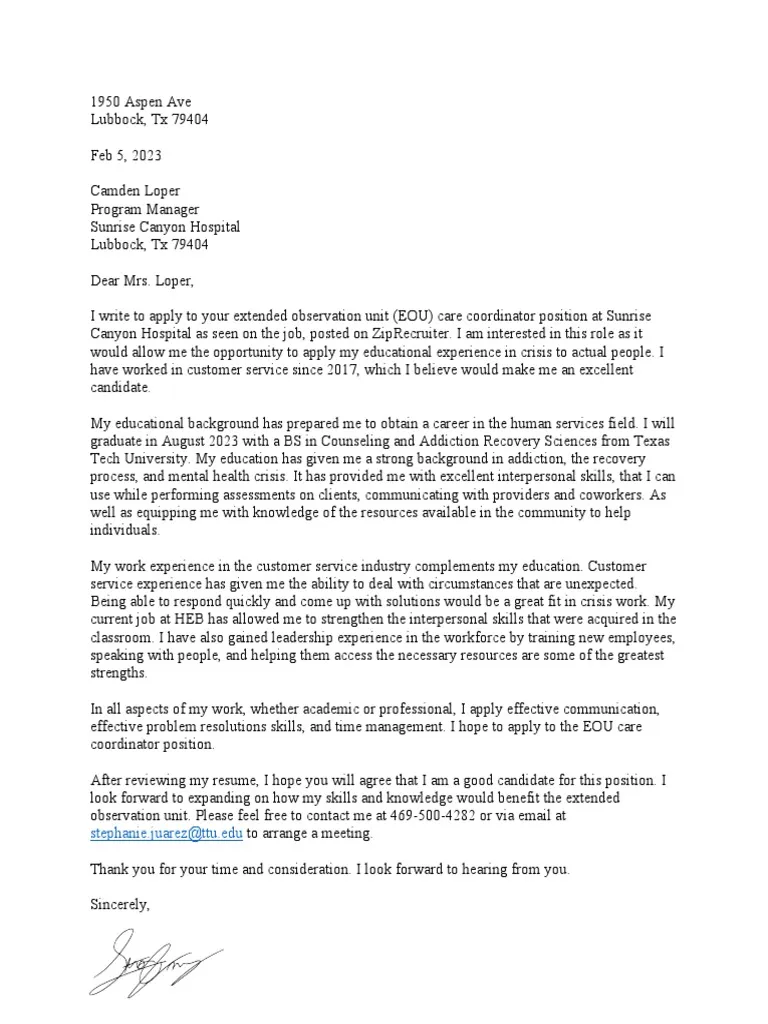
Once you’ve written and perfected your cover letter, it’s time to submit it with your job application. Always follow the application instructions precisely. Some employers prefer the cover letter as a separate document, while others require it to be pasted directly into the application form. Ensure your cover letter is saved in the requested format, usually as a PDF or DOCX file. Name your file appropriately, including your name and the job title. Double-check that you’re attaching the correct version of your cover letter, customized for that specific job. After submitting your application, follow up with the company if the instructions permit. Express your interest in the role and reiterate your qualifications. If you don’t hear back within a reasonable timeframe, consider sending a polite follow-up email. This demonstrates your continued interest and professionalism.
